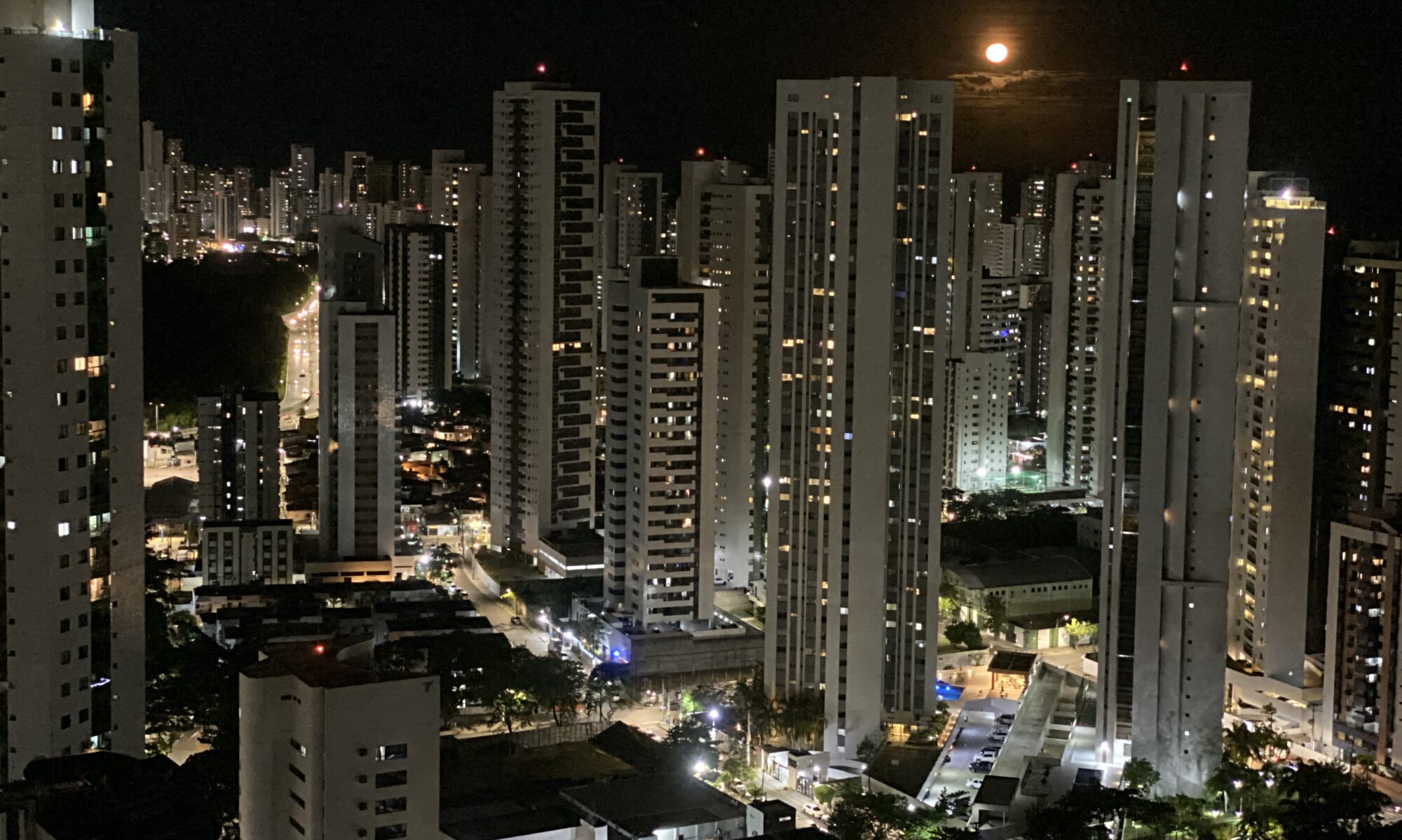“In Curaçá, hope is blue instead of green.” This saying, by the cowboy Zé do Roque from Curaçá, in the backwoods of Bahia, illustrates the spirit of unity in the small community on the banks of the River São Francisco in their attempt to save the blue macaw, facing extinction in the Caatinga. Flying from tree to tree, just one of these little birds weighing 400 grams, 30 centimetres long, with blue-grey plumage survives all alone in the wild. With his drawn-out call, he is trying to attract a mate, in the riverside trees where they used to build their nests, but the other thirty seven blue macaws in the world are in captivity.
Each time he beats his wings, Severino, as he was called by the people of Curaçá, traces a symbol in the sky of his God-given symbiosis with nature. In order to survive, this blue-blooded bird needs the greenness of the forests that are dotted about the city, set in the semi-arid northern region of the state of Bahia, along the Melancia creek. The habitat of the Cyanopsitta Spixii that has already been devastated is being further destroyed and there is a real need to seek help from the whole of Curaçá.
In 1990 in an attempt to avoid the bird becoming extinct, IBAMA, the body responsible for environmental conservation, set up the Permanent Committee for the Restoration of the Blue Macaw which brings together representatives from the scientific community, the organization itself and international breeders. Leading the field project is the biologist Marcos Da-Ré from Santa Catarina, who, since 1991, has been living in one room in a boarding-house in Curaçá, a city with 10,000 inhabitants, to run a daring scheme to mobilize the people themselves – the Conservation Community.
The idea is a bold one. Both in the city, where the municipal market dictates the pace of urban development, and in the town where the greatest level of activity comes from riverside washerwomen, Da-Ré is trying to raise the community’s awareness of the need to create an environmental reserve in the habitat of the blue macaw, thereby replacing legal protection with spontaneous vigilance.
The biologist has already achieved some of his aims: the inland farmers have discovered that environmental protection can also bring about an improvement in their own living conditions. They have invested in enclosures, the traditional method of managing livestock which also leaves space for the caraibeira to flourish, the tree to which the blue macaw always returns.
All this effort amounts to very little and in the end Severino is the last blue-blooded survivor of a truly noble breed: his flight carries with it the biological memory of the species and he is the only one to really know the secrets of life in the wild. (Marleine Cohen, Parabólicas).

